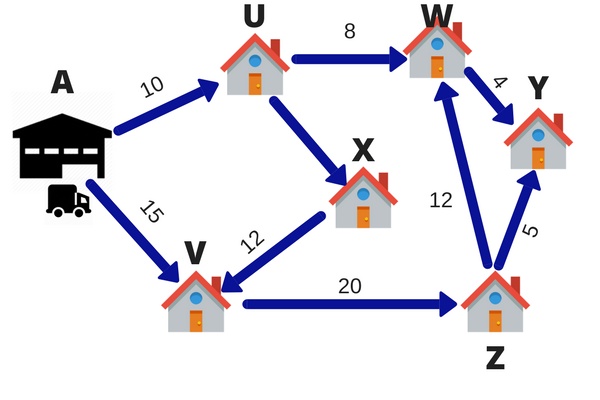In the realm of problem-solving, complexity often presents itself as a formidable obstacle. However, with the power of linear programming, even the most intricate problems can be effectively tackled. Linear programming is a mathematical technique that optimizes the allocation of limited resources to achieve desired outcomes.
In this beginner’s guide, we will demystify the concept of what is linear programming, explore its applications across diverse industries, and equip you with the foundational knowledge to embark on your own optimization journeys.
Understanding the Essence of Linear Programming
At its core, linear programming is a method for finding the best possible solution, given certain constraints and objectives. It involves formulating a mathematical model in which the relationships between decision variables and constraints are linear. The goal is to optimize an objective function, such as maximizing profit or minimizing cost, subject to the given constraints.
The Building Blocks of Linear Programming:
To comprehend linear programming, it’s essential to understand its fundamental components:
- Decision Variables
These are the variables that represent the quantities to be determined or optimized. For example, in a production scenario, decision variables can represent the number of units to produce or the quantities of different resources to allocate.
- Objective Function
The objective function defines the measure of success that we seek to maximize or minimize. It can be a profit function, a cost function, or any other quantifiable metric that reflects the desired outcome.
- Constraints
Constraints limit the feasible solutions and represent the limitations imposed by the problem. These can include resource constraints, capacity constraints, or any other conditions that must be satisfied.
- Formulating a Linear Programming Model
To tackle a problem using linear programming, you must first construct a mathematical model that accurately represents the problem at hand. This model comprises the decision variables, objective function, and constraints. By defining these components with precision, you lay the groundwork for optimizing the problem.
Solving Linear Programming Models
Once the linear programming model is formulated, solving it involves finding the optimal values for the decision variables that satisfy all constraints while optimizing the objective function. Numerous algorithms and software packages are available to solve linear programming problems, ranging from the simple yet powerful Simplex method to more advanced interior point methods.
Applications of Linear Programming
Linear programming finds applications in diverse fields, revolutionizing decision-making processes and resource allocation strategies:
- Operations Research:
In operations research, linear programming aids in optimizing production scheduling, resource allocation, supply chain management, and logistics.
- Finance and Investment:
Linear programming is used to optimize investment portfolios, asset allocation, and risk management strategies.
- Transportation and Logistics:
Linear programming facilitates efficient route planning, optimal resource allocation, and load balancing in transportation and logistics networks.
- Energy and Utilities:
Linear programming is crucial in optimizing power generation, distribution, and resource allocation in the energy sector.
Conclusion:
In problem-solving, linear programming is a powerful tool to optimize decision-making processes, streamline resource allocation, and achieve desired objectives. Armed with the knowledge gained from this beginner’s guide, you can embark on your own journey of solving complex problems through linear programming.
Remember, the essence lies in formulating an accurate mathematical model, leveraging decision variables, objective functions, and constraints, and applying appropriate optimization techniques. So, now that you are aware of what is linear programming, embrace the potential of linear programming and unlock the path to optimal solutions in a multitude of domains.















